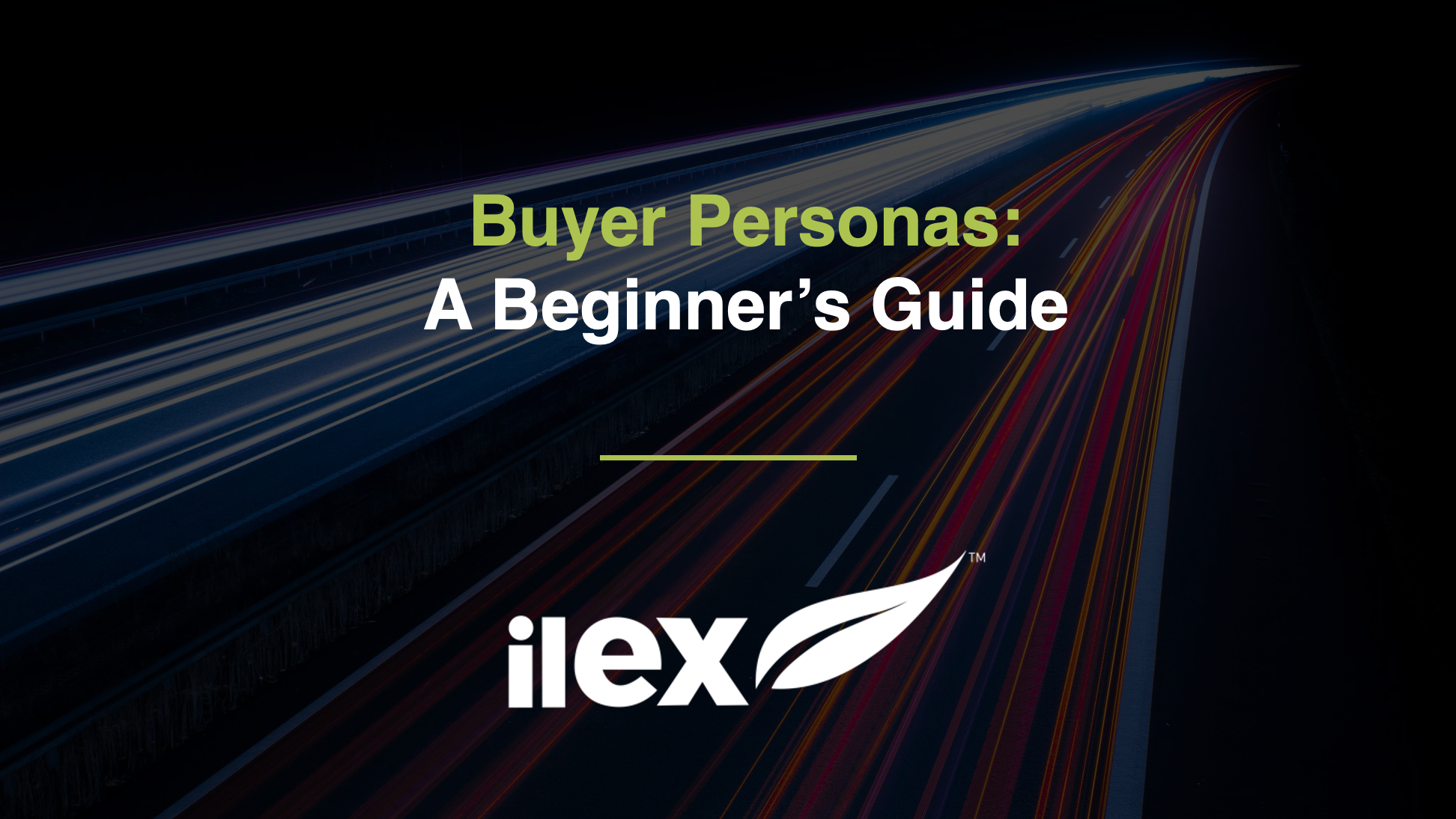Buyer Personas are the foundations of any B2B marketing strategy. They give your marketing efforts focus and enable you to tailor content, campaigns, and any other form of communications to the specific target market who buy from you.
HubSpot defines a Buyer Persona as “a semi-fictional representation of your ideal customer.” These are the categories of consumers which marketers need to target in order to capture and convert leads. If companies don’t know who to exactly target, then their efforts will be less effective and ultimately delivering a declining return on investment (ROI).
The purpose of a Buyer Persona is to understand and relate to potential and existing customers in order to effectively market products or services to them. When companies know exactly who their customers are and understand their drivers and pain points, companies can better meet their needs with marketing.
International Tech and Telecom companies often overlook Buyer persona development in favour of a sales team “that just knows their customers.” While that might be true, it is difficult to scale, and staff come and go, it is critical that they lock in their buyer personas, so everyone across the organisation is aligned. It takes the guesswork out of the marketing and sales and ensures that when a team member leaves an organisation sales focus doesn’t leave as well. By making assumptions of your customers’ needs and wants, you can have a blurred vision that leads to ineffective targeting and even misunderstanding their pain-points.
Buyer Personas are based on market research and real data about your existing customers. The more detailed your Buyer Persona is, the higher the ROI will be. An accurate persona will allow you to accurately focus your time, guide product development, and put the right content, in front of the right people, at the right time.
You can start building a Buyer Persona using insights from your customer base, such as surveys, interviews and analytics. From this information, you can create a Buyer Persona that includes information such as:
- Demographic Research
Are they male or female? Where are they located? How old are they?
- Educational Information
What school did they attend? Did they complete higher education?
- Career Information
What is their job role? Do they have a traditional career path? Did their career derive from their education?
- Shopping Preferences
How do they like to communicate with a brand (e.g., email, phone)? How do they search for information?
Once you have gathered all of the appropriate data, the next step is to identify patterns and develop at least one primary Buyer Persona. This needs to be shared across your entire organisation in a way that’s easy to understand and use.
HubSpot has created a free, downloadable Buyer Persona template that helps you organise the information and data you have on your customer base. Find it here.
If you would like to learn more about how identifying a Buyer Persona can optimise your marketing efforts, why not book in a meeting with a member of our team?



